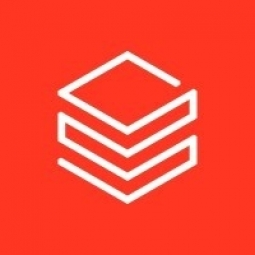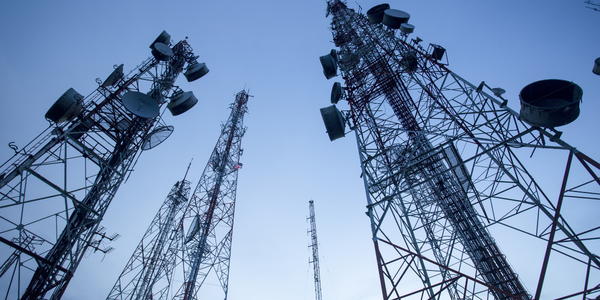Technology Category
- Analytics & Modeling - Machine Learning
- Platform as a Service (PaaS) - Application Development Platforms
Applicable Industries
- Cement
- Telecommunications
Applicable Functions
- Logistics & Transportation
- Product Research & Development
Use Cases
- Construction Management
- Time Sensitive Networking
Services
- Cloud Planning, Design & Implementation Services
- Data Science Services
About The Customer
AT&T is a technology giant and one of the leading communication service providers in the world. The company has hundreds of millions of subscribers and ingests over 10 petabytes of data across its entire data platform each day. To harness this data, AT&T has a team of over 2,500 data users across more than 60 business units. The company's business is data-powered, from building analytics to ensure decisions are based on the best data-driven situation awareness to building machine learning models that bring new innovations to its customers. AT&T's goal is to increase its use of insights for improving its customer experience and operating more efficiently.
The Challenge
AT&T, a leading telecommunications company, was grappling with the challenges of managing a massive on-premises legacy Hadoop system. The system was complex and costly, hindering operational agility, efficiency, and the optimal use of engineering resources. AT&T needed to transition to the cloud to better support its hundreds of millions of subscribers. The company was dealing with a highly complex hardware setup, including 12,500 data sources and over 1,500 servers. The on-premises Hadoop architecture was not only expensive to manage but also complex to maintain. Operational costs were high, and additional capital costs were incurred for data centers, licensing, and more. Up to 70% of the on-prem platform had to be prioritized to ensure 50K data pipeline jobs met SLAs and data quality objectives. Engineers were spending more time managing updates, fixing performance issues, and provisioning resources rather than focusing on higher-value tasks. The physical infrastructure's resource constraints also slowed down data science activities, impeding innovation.
The Solution
AT&T decided to migrate from Hadoop to Databricks on the Azure cloud. The company conducted a comprehensive cost analysis and concluded that Databricks was the fastest and most cost-effective solution for data pipelines and machine learning workloads. The migration process was meticulously planned, with the largest workloads being migrated first to immediately reduce the infrastructure footprint. The data was migrated before the users to ensure a smooth transition for the thousands of data practitioners. The company spent a year deduplicating and synchronizing data to the cloud before migrating any users. This was a crucial step in successfully migrating a large, complex multi-tenant environment of over 2,500 users from more than 60 business units and their workloads. The user migration process took nine months, allowing AT&T to retire on-premises hardware in parallel with the migration to accelerate savings. The entire migration process took about two and a half years and was managed with the equivalent of 15 full-time internal resources.
Operational Impact
Quantitative Benefit

Case Study missing?
Start adding your own!
Register with your work email and create a new case study profile for your business.
Related Case Studies.

Case Study
System 800xA at Indian Cement Plants
Chettinad Cement recognized that further efficiencies could be achieved in its cement manufacturing process. It looked to investing in comprehensive operational and control technologies to manage and derive productivity and energy efficiency gains from the assets on Line 2, their second plant in India.

Case Study
Vodafone Hosted On AWS
Vodafone found that traffic for the applications peak during the four-month period when the international cricket season is at its height in Australia. During the 2011/2012 cricket season, 700,000 consumers downloaded the Cricket Live Australia application. Vodafone needed to be able to meet customer demand, but didn’t want to invest in additional resources that would be underutilized during cricket’s off-season.

Case Study
SKT, Construction of Smart Office Environment
SK T-Tower is the headquarters of SK Telecom. Inside the building, different types of mobile devices, such as laptops, smartphones and tablets, are in use, and with the increase in WLAN traffic and the use of quality multimedia data, the volume of wireless data sees an explosive growth. Users want limitless Internet access in various places in addition to designated areas.










